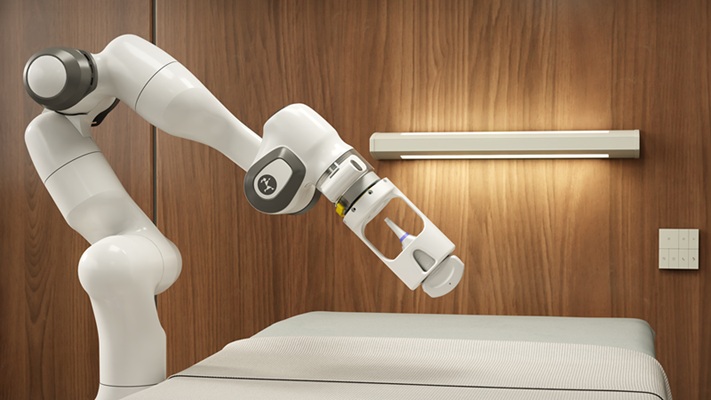AI Software Identifies Brain Hemorrhage
By MedImaging International staff writers
Posted on 07 Nov 2017
ParallelDots Inc. (Lewes, Delaware, USA), an artificial intelligence (AI) company that develops algorithms, has trained a deep neural network to act as a second pair of eyes for radiologists by automatically detecting brain hemorrhage from computed tomography (CT) scans.Posted on 07 Nov 2017
ParallelDots Inc. focuses on building a proprietary AI stack, which can solve real-world problems end to end, including proprietary datasets, proprietary algorithms and deployment mechanisms. The company’s Data Tagging engine churns out annotated data from various domains (social media, healthcare, and retail), while its Data Science team develops novel algorithms, which can use this data and deliver AI agents that can be deployed in the real world.
The company’s model, named Recurrent Attention DenseNet (RADnet), emulates the procedure followed by radiologists for diagnosis of brain hemorrhage by analyzing 3D CT scans and sifts through 2D cross-sectional slices while paying close attention to potential hemorrhagic regions. It utilizes 3D context from neighboring slices to improve predictions at each slice and subsequently, aggregates the slice-level predictions to provide diagnosis at the CT level.
When benchmarked against independent analysis performed by three senior radiologists for 77 brain CTs, RADnet demonstrated 81.82% hemorrhage prediction accuracy at the CT level that was comparable to the radiologists. What was particularly remarkable was that RADnet achieved higher recall than two of the three radiologists.
ParallelDots Inc. has acknowledged that very high sensitivity is required for deploying automated emergency diagnostic tools and that there are several other equally severe brain conditions which RADnet is unaware of. However, the company envisions a future where similar emergency diagnostic tools will be used to detect different anomalies from brain CT scans and believes that RADnet also demonstrates potential to be deployed as an emergency diagnosis tool.
Related Links:
ParallelDots













